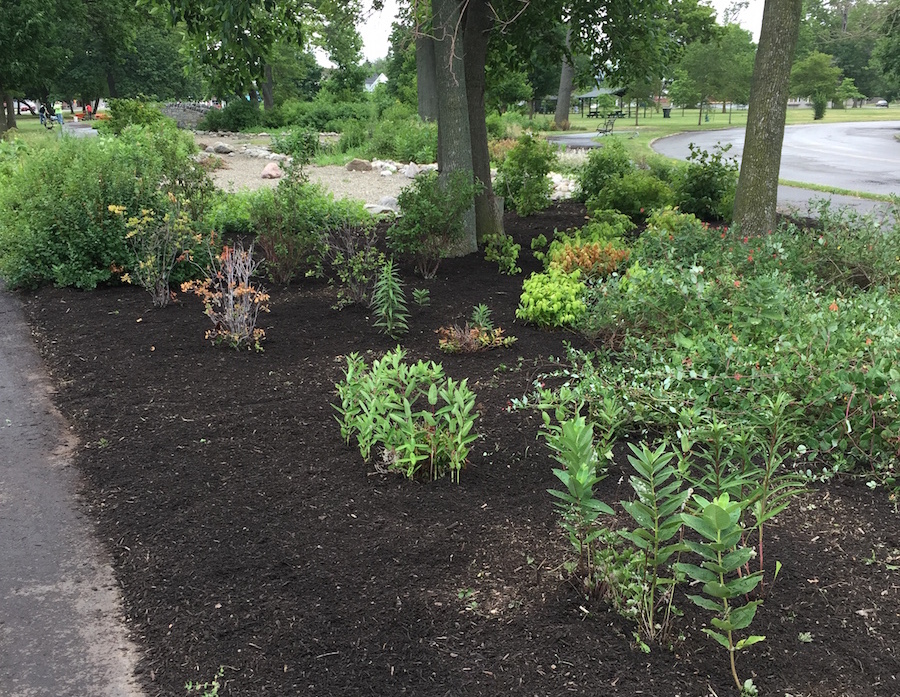Communities with healthy populations of native plants are more sustainable and resilient.
What are Native Plants?
Native Plants are indigenous to our area. They are adapted to the local climatic conditions and soils, having evolved over thousands of years to survive and reproduce in this region. Communities with healthy populations of native plants are more sustainable and resilient, producing a diversity of wildlife in a thriving ecosystem. Native plants form the foundation of the food web and provide excellent habitat for a variety of local wildlife, such as songbirds and butterflies.
Benefits and Significance
Native plants are acclimated to local weather patterns and rainfall. Once planted and established, they require minimal additional watering beyond normal rainfall. Through their evolution, native plants have developed defenses against many pests and diseases, and they support beneficial insects which help to counteract insect pests, mitigating the need for pesticides. Numerous beneficial insects, such as butterflies and pollinating bees, depend on native plants. Since pesticides kill indiscriminately, using fewer pesticides ultimately benefits beneficial insects.
Using native plants in landscapes avoids many of the environmental problems that result from using non-native plants. Some non-native plants that have been used in in landscaping over the years have escaped from cultivation and become established in nature. Aggressively spreading non-native plants are considered to be invasive plants. These plants tend to out compete and displace native flora, forming large monocultures. The result is loss of wildlife and degradation of natural biological systems.


Are you looking to include native plants in your yard or garden?
Beside local nurseries, here are some resources to consider:


